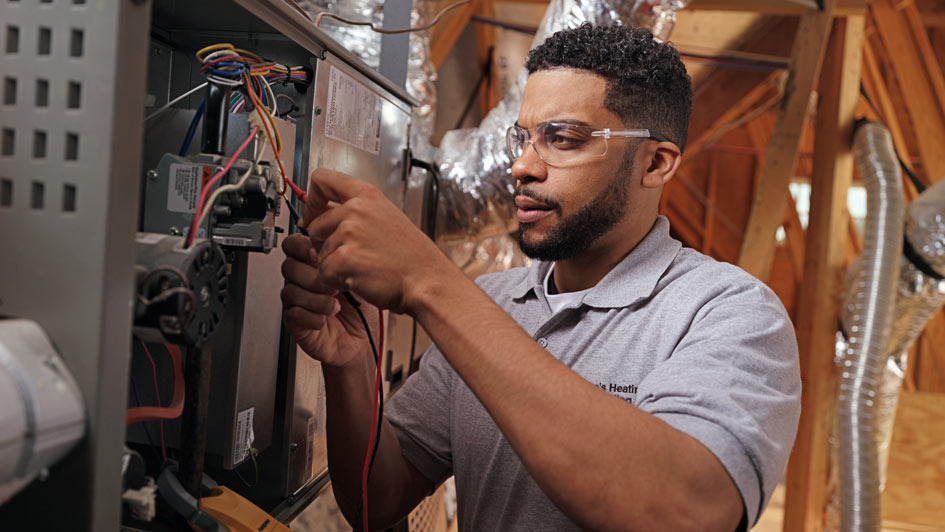Blog
About Smyth Air Conditioning
At Smyth Air Conditioning Inc, making your home comfortable is our biggest priority. That’s why we offer lasting HVAC equipment and quality work in Lake Worth. Our pros are educated in a wide selection of services, so you can be confident in your results. They’ll offer the assistance you need, whether it’s installing a modern HVAC system or repairing and inspecting your existing unit. We’re ready to help with all of your needs, so call us at 561-533-6066 or contact us online to request an appointment today.
Smyth Air Conditioning
3718 23rd Ave S
Lake Worth, FL 33461
Phone: 561-533-6066
Email: [email protected]
License # CAC056945
© 2024 Smyth Air Conditioning | All rights reserved








